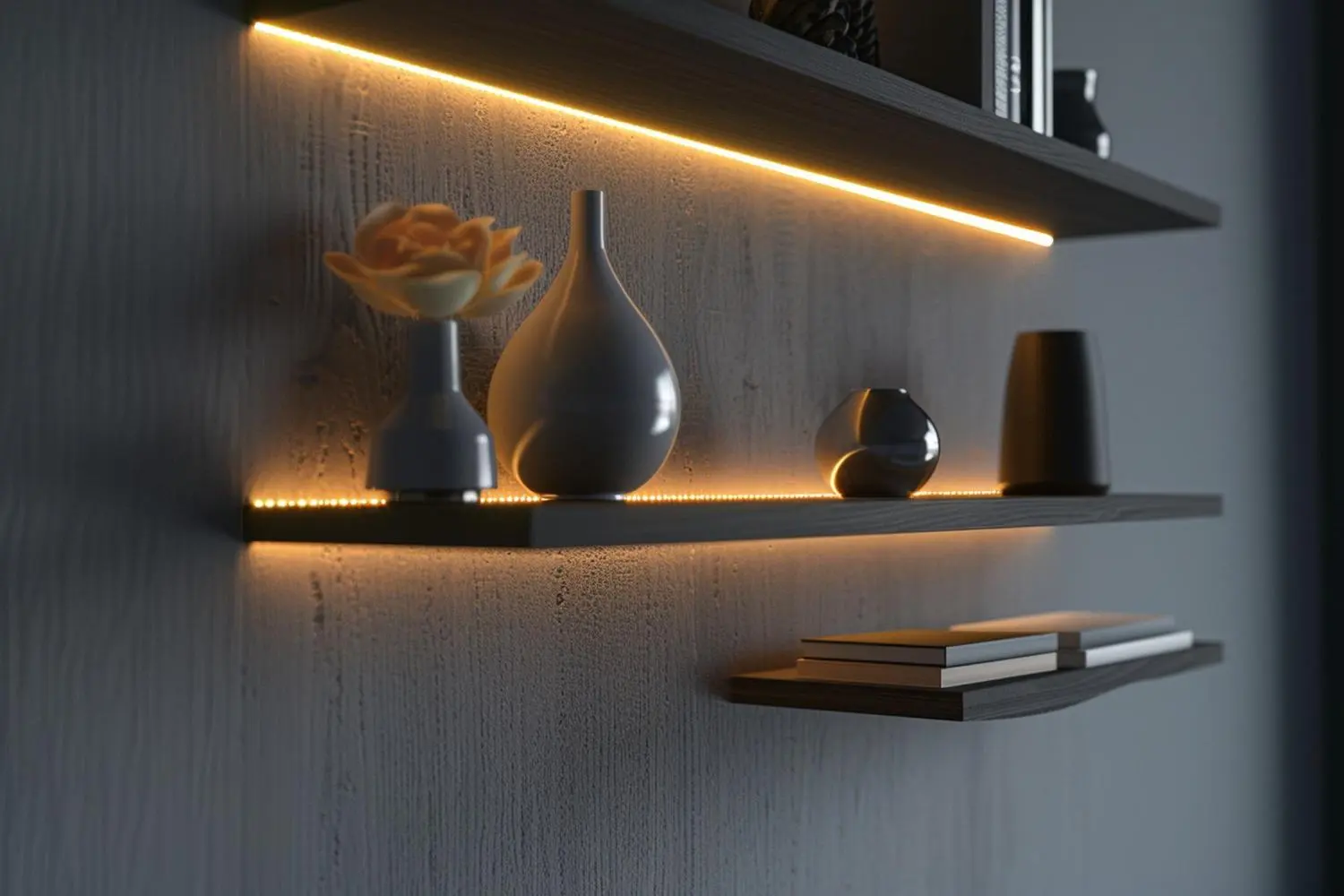
The Ultimate Guide to Built-In Shelf Lighting
Explore guide to built-in shelf lighting. Learn about LED strips, puck lights, recessed lights, tape lights, and their installation tips for perfect ambiance.
No theatre performance can touch your heart if it does not impact your senses. If it is not gripping you, then there is no point in being at the theatre. Lights are crucial in breathing life into these performances, so you can stick to them until the wrap-up. We use lights in theatres to amplify the message of performance.
Therefore, we channel these lights to highlight a theatre play’s purpose and set the mood for our spectators. There is more to theatre lighting techniques that make all this possible.
If you are stepping into stage management, this discussion by Vorlane will unveil some of the most integral aspects of these lights that can help you with your career at a much deeper level. So, it’s time to dig deeper and discover how these lights work!
When it comes to theatrics, we don’t only consider lighting, but we also want to captivate our audience. Besides, proper visualization is also a reason behind using lights for theatre performances. It enables spectators to correctly see the characters, which adds to their suspense and joy. Therefore, lights have a crucial role in mood adjustment on all counts.
These also adapt to the environment, time, scenes, and location. Two important factors, including location and time, are considerable in these plays. The lights should showcase different dynamics of a production that will reflect in the actual space later. We can easily captivate the spectators by using these lights since these adapt to the scenes of a stage play.
From suspenseful to romantic and distressing scenes, these lights are helpful, creating a strong psychological influence on the people.
The designs of these lights are highly significant and enable them to perform effectively during performances. An excellent theatre light can adapt to the mood, location, and time. These areas need to be fixed to maintain the overall performance of these lights.
The technicians working on these lights must make them efficient and versatile for satisfactory results. Also, rigorous and critical testing of these lights will help bring out the finesse in them and make them reliable for theatre performances.
Nowadays, theatres are leveraging different lighting styles for their plays. Sticking to a single theatric lighting technique is hard since it can make your plays traditionalist and leave a drab impression on the people. Owing to this fact, different styles are possible to leverage that give an edge to these plays. We are sharing details about a few of them below:
Some theatres like realism in their plays. They are into highlighting tangible aspects of societal and civil problems through their performances. Realism is a typical production effect that you will find profusely. The lights used for creating realism are adaptable to this effect therefore, production can use this attribute to their advantage and enhance the quality of the performance through it.
Another common production effect is symbolism. It emphasizes conveying ideas to the people instead of highlighting realism. This is why it is a unique production effect rather than realism. Different approaches like color changes and spotlight effects are included in symbolism, making it stand out from the other effects.
Minimalist productions are not too tangible and appear to be non-existent. The props are plain and convey a sense of minimalism to the audience. Therefore, a suitable mood is essential to create for the audience so that they can relate to a minimalist play. These lights should also be adaptable to the props that can be complex and intricate.
Fantasy can be as beautiful as a bright sunny day and can be your worst nightmare, too. Therefore, the lights that we use for fantasy productions are broad-range. We execute these lights to switch from a happy scene that abruptly changes into a heart-wrenching one. Now, this extreme shift in the mood needs an extra kick, for which we use theatre lighting techniques.
Another significant factor that helps us navigate these lights is the people themselves. If a theatre knows the interests of its audience, then it can easily retain them in the long run. The spectators sit tight before the audience because they find it interesting. A theatre cannot afford to make them bored and disappoint them since they can stop heading back to it in the future.
Therefore, to make performances more impactful, we use these lights. Once the spectators are hooked to a concert, it will persuade them to stay tuned till the end. Besides creating an impact on them, we can use lights to adjust props, visualize all characters, and much more. There is no doubt that problems occur in this pursuit, and you have to tackle them before a play starts. However, different lights are available to save time and prevent mess.
Lights are all the ambiance we want to create. We can use them to create any psychological impact on the audience. Sometimes, these lights can surprise you and sometimes make you cry. The environment produced by these lights depends on the need and purpose of a particular play scene.
Lighting can be used to give the audience a specific experience. Too intense lights are not beneficial since these can produce a stabbing effect on the eyes of the audience. Dim lights create suspense and grab the audience’s attention simultaneously.
It is essential to adjust the light angle, direction, and individual intensity levels of lights before setting up the stage for the play. The pre-performance preparations should include testing these lights and determining whether they are working correctly or not.
If you are using good quality lights, there are fewer chances of a mess happening. The reason is the design of these lights that technicians validate through stringent inspection methods.
You can share your ideas with us and unlock the potential lighting services through us. We help you pick the appropriate lights for your plays but also help you install them in time so that you don’t have to panic right before the performance. You only have to share your requirements, and we will prepare your lights!
Theater lighting design is an art that often faces practical hurdles. Here’s how creativity and innovation light the way through common challenges.
Budget Constraints can dim the brightest ideas. The key? Versatility. Opting for multi-functional fixtures stretches a tight budget, ensuring the show not only goes on but shines.
Space Limitations in smaller venues can cramp your style. Compact, flexible lighting solutions, like LED strips or movable fixtures, turn these tight spots into opportunities for unique lighting arrangements.
Technical Limitations of older venues challenge modern lighting needs. A mix of updates to essential power sources and the use of low-power LED fixtures can illuminate a path forward without overloading systems.
Balancing Artistic Vision with Practicality often requires a tightrope walk. Open dialogue with the creative team helps align visionary lighting with the audience’s need for clarity and safety.
Adapting to Different Genres and Themes demands a versatile lighting toolkit. Staying abreast of new lighting techniques ensures the right mood and atmosphere, regardless of the production’s style.
Environmental Considerations are becoming spotlight issues. Embracing LEDs not only reduces the carbon footprint but also cuts down on waste, making green lighting the star of the show.
Navigating these challenges with innovative solutions not only enhances the visual storytelling of theater but also underscores the resilience and creativity of lighting design in the performing arts.
Theatre lighting includes a variety of lights, each serving specific purposes. Key types include:
Standard theatre lighting typically includes a combination of Fresnels and PAR Cans for general stage illumination, Spotlights for highlighting specific areas or actors, and LED fixtures for versatile colors and effects. This combination offers a balance of ambient, focused, and dynamic lighting suitable for various theatrical needs.
Lighting design in theatre involves creating and implementing a lighting plan that supports and enhances a theatrical production. This includes selecting the types and placements of lights, choosing color schemes, and determining intensity and movement patterns. Effective lighting design helps set the scene’s mood, directs audience’s focus, and enhances the overall storytelling of the performance.
In theatre lighting, a “special” refers to a light that is used for a specific, often unique purpose in a production. It is typically not part of the general lighting and is set up to highlight a particular actor, prop, or part of the stage. Specials are used to create distinct effects that standard lighting setups cannot achieve, such as spotlighting a solitary performer or illuminating a key prop.

Explore guide to built-in shelf lighting. Learn about LED strips, puck lights, recessed lights, tape lights, and their installation tips for perfect ambiance.

Explore the Global LED Lighting Market Report 2024 for insights on trends, growth drivers, and key players in the industry, including product segment and geographic
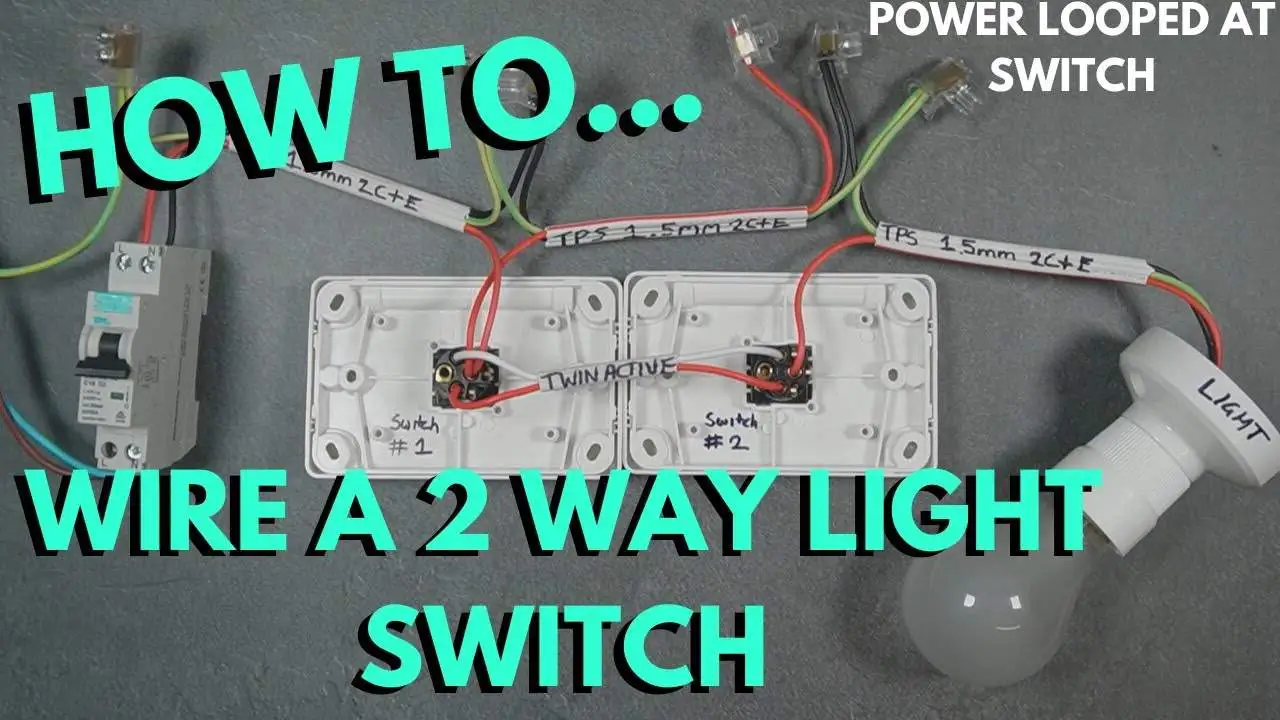
Learn how to wire a 2-way light switch effectively. This guide covers essential tools, step-by-step instructions, and safety measures for an installation.
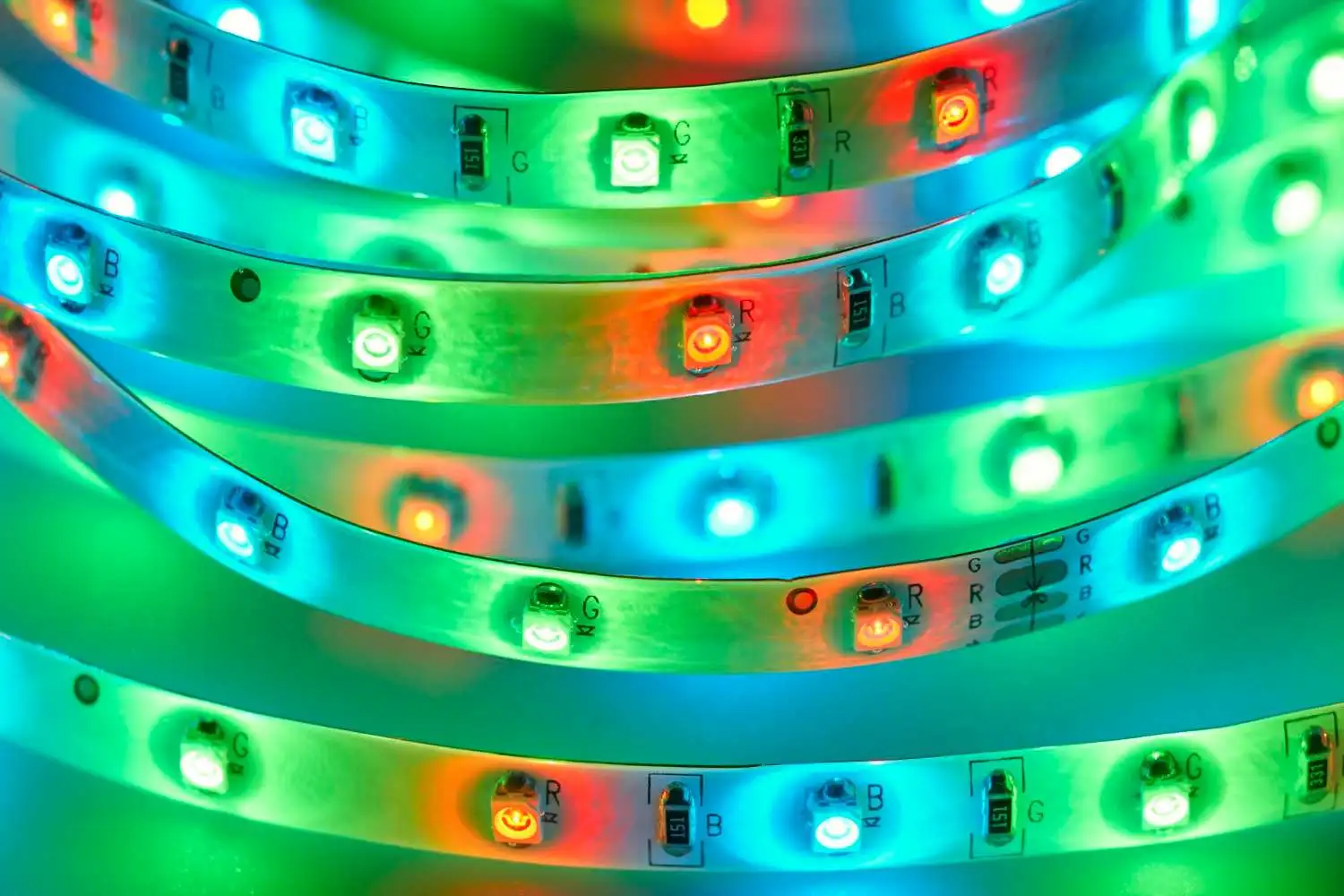
Choosing the right power supply for LED strip lights ensures performance and safety. Consider voltage, current, wattage, efficiency, and certifications.
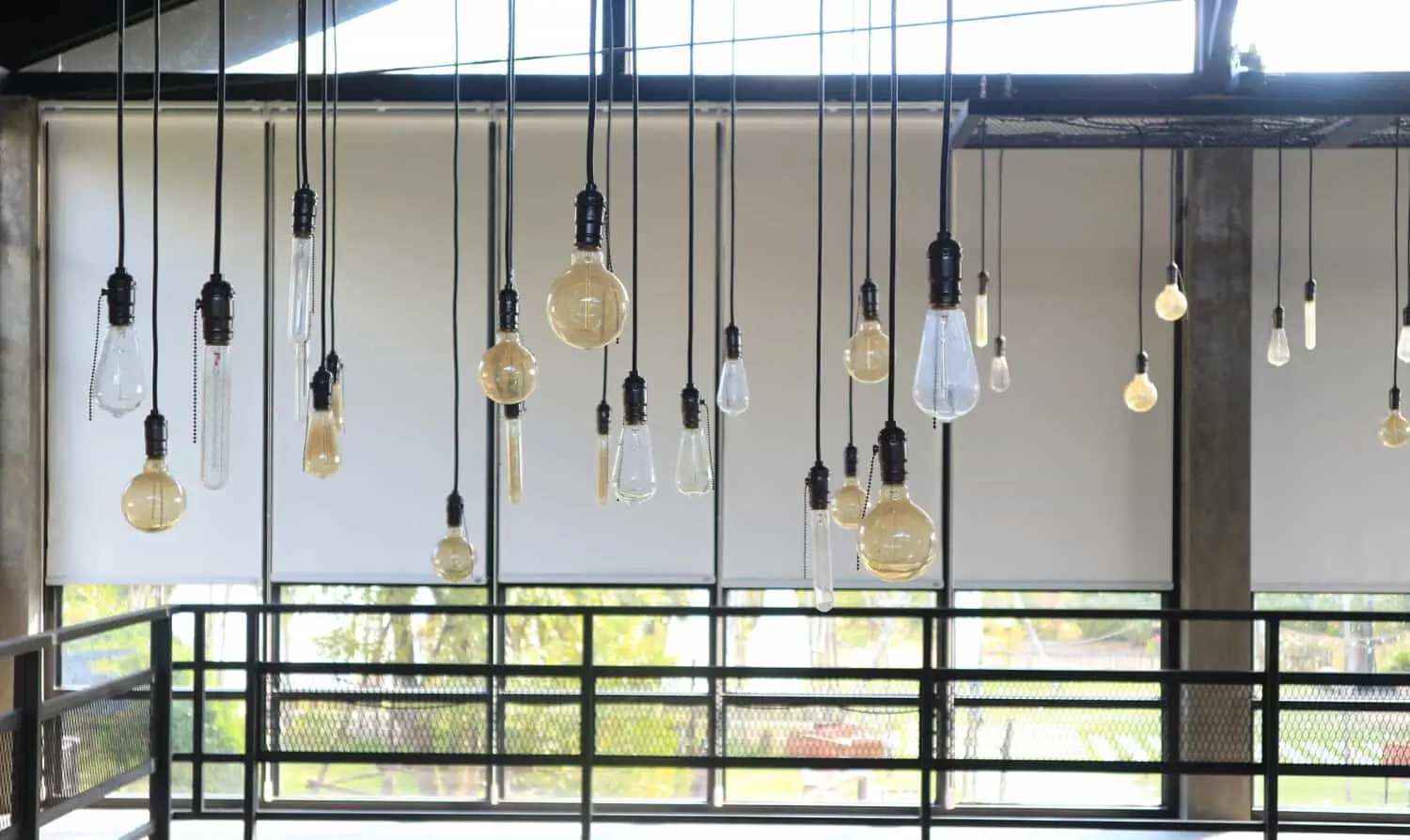
Discover the benefits of pendant lighting for your home. Learn about various styles, and their uses in enhancing aesthetics and functionality.
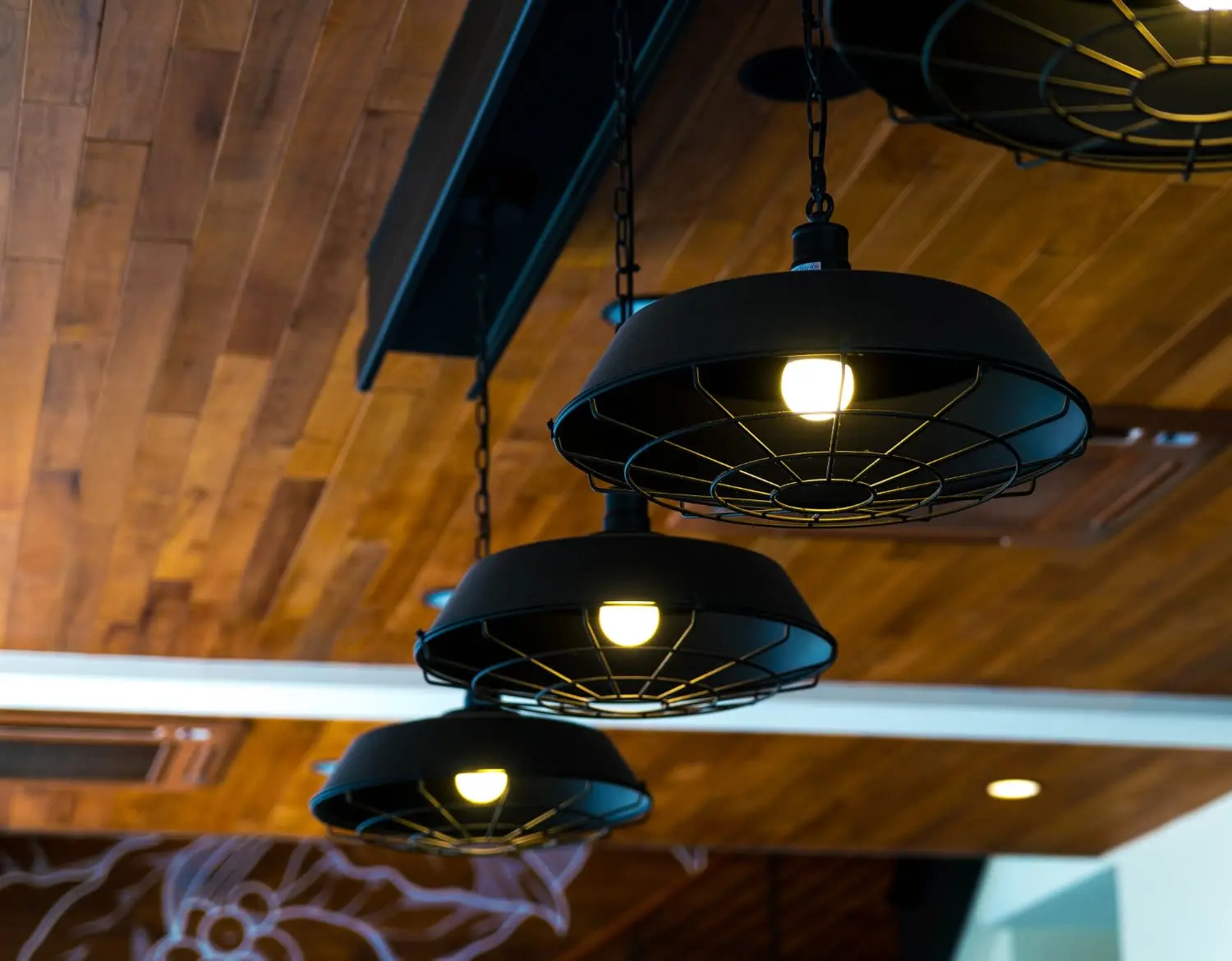
Discover top ceiling lights for your home, including pendant lights, chandeliers, flush-mounts, recessed, track lighting, cove lighting, and spotlights.



 | This LED Industry Research Report Is Worth 10,000 Dollars!Want to get reliable industry data to support your LED business planning? In this report, you will:
*Submit your email to download this file. Your personal info will not be shared to any 3rd-party person or organizations. |
WhatsApp us
*We respect your confidentiality and all information are protected.